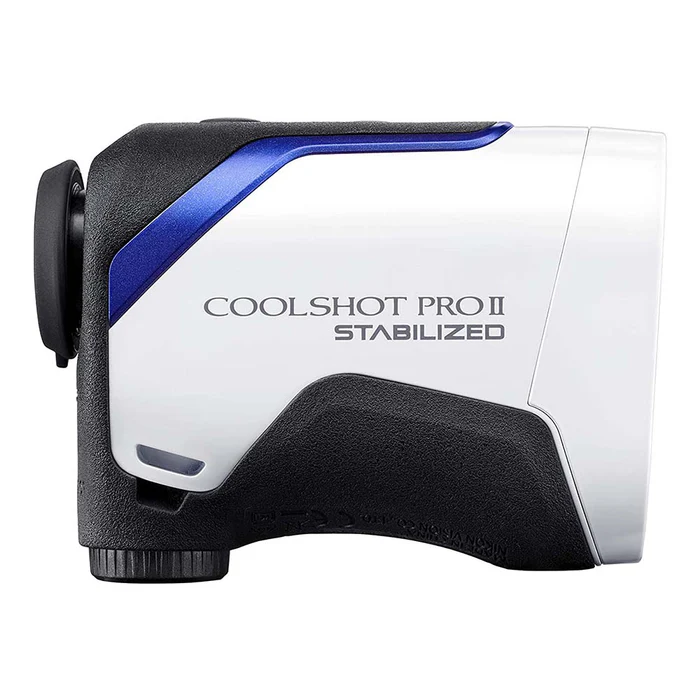The Best Golf Rangefinder: Your Ultimate Guide
When it comes to improving your golf game, precision is key. A golf rangefinder is an indispensable tool that provides accurate distance measurements, helping you select the right club, refine your swing, and lower your scores. In this comprehensive guide, we’ll explore everything you need to know about the best golf rangefinder, ensuring you make an informed decision.

Why Use a Golf Rangefinder?
Golf is as much about strategy as it is about skill. Knowing the exact yardage to the pin, hazards, or doglegs allows you to plan your shots better. With advancements in technology, modern golf rangefinders offer unparalleled accuracy, usability, and versatility. Here’s why you need one:
- Precision Distance Measurements: Rangefinders eliminate guesswork, providing yardage with pinpoint accuracy.
- Improved Course Management: Knowing distances to bunkers, water hazards, or the front and back of the green helps you strategize effectively.
- Confidence Boost: Accurate yardages mean you can confidently choose the right club for every shot.
- Versatility: Many rangefinders are equipped with slope functionality and scanning modes, making them versatile for various terrains.
Features to Look for in the Best Golf Rangefinder
Before investing in a golf rangefinder, consider these key features to find the perfect match for your game:
- Accuracy: The best golf rangefinders deliver yardages accurate within a yard or less. Look for models with consistent performance.
- Range Capability: Ensure the device can measure distances that suit your needs, typically from 5 to 1,000 yards or more.
- Slope Adjustability: A rangefinder with slope measurement adjusts yardage based on elevation changes, making it invaluable for hilly courses. (Note: Ensure slope mode is tournament-legal if you play competitively.)
- Magnification: A higher magnification level (e.g., 6x or 7x) offers a clearer view of distant targets.
- Ease of Use: User-friendly devices with intuitive interfaces save time and frustration on the course.
- Durability and Weather Resistance: Look for models that are water-resistant or waterproof, ensuring performance in varying weather conditions.
- Battery Life: Long-lasting battery life ensures your rangefinder won’t quit mid-round.
Top Picks: Best Golf Rangefinder
Here’s a breakdown of some of the best golf rangefinders that combine performance, features, and affordability:
1. Bushnell Tour V5
- Why It’s Great: Known for its precision and build quality, this rangefinder provides accurate distances with vivid visuals and easy handling.
- Key Features:
- PinSeeker with JOLT Technology for quick target locking.
- Compact design for portability.
- 6x magnification and clear optics.
2. Garmin Approach Z82
- Why It’s Great: Combining GPS technology with rangefinder precision, the Z82 provides more than just yardages—it includes detailed course maps.
- Key Features:
- Over 41,000 preloaded course maps.
- Slope-adjusted distances.
- Vivid OLED display for easy reading.
3. Precision Pro NX10
- Why It’s Great: A budget-friendly option with tournament-legal slope features and customizable designs.
- Key Features:
- Slope-adjusted measurements.
- Magnetic cart mount for convenience.
- Accurate readings up to 1,000 yards.
4. Nikon Coolshot ProII Stabilized
- Why It’s Great: Offers stabilization technology for steadier aiming, perfect for shaky hands or windy conditions.
- Key Features:
- Vibration reduction for steady targeting.
- Advanced slope functionality.
- High-definition optics.
How to Use a Golf Rangefinder
Using a golf rangefinder is simple, but mastering its features can enhance your experience:
- Power On: Turn on the device and familiarize yourself with its modes and buttons.
- Aim and Target: Look through the eyepiece and aim the reticle at the flagstick or target.
- Measure Distance: Press the measurement button to lock onto the target and display the distance.
- Adjust Settings: If available, activate slope mode for courses with elevation changes.
- Practice Regularly: The more you use it, the quicker and more accurate you’ll become at locking onto targets.
Benefits of Owning the Best Golf Rangefinder
Investing in a high-quality rangefinder offers numerous advantages:
- Saves Time: Quickly determine distances without pacing or searching for course markers.
- Enhances Practice Sessions: Use it on the driving range to fine-tune your club distances.
- Builds Consistency: With accurate yardages, you can develop consistent shot strategies.
- Improves Scores: Better course management directly translates to lower scores.
Price Range: What to Expect
The price of golf rangefinders varies based on features and brand reputation. The best golf rangefinder can range from $200 to $500, offering premium features without breaking the bank. Models in this range often include slope functionality, advanced optics, and robust build quality, ensuring a solid return on investment.
Maintenance Tips for Your Golf Rangefinder
Keep your device in top condition with these simple tips:
- Protect the Lens: Use the provided case and clean the lens with a microfiber cloth to avoid scratches.
- Store Safely: Keep it in a dry, cool place when not in use.
- Check Batteries: Regularly check and replace the batteries to prevent sudden shutdowns during a game.
- Avoid Extreme Conditions: Prolonged exposure to rain, extreme heat, or cold can damage the device.
Final Thoughts: Finding the Best Golf Rangefinder
A golf rangefinder is a must-have tool for players looking to elevate their game. Whether you’re a casual golfer or a seasoned competitor, the best golf rangefinder delivers accurate distances, enhances confidence, and improves overall performance.
Invest wisely, considering factors like accuracy, range, slope functionality, and ease of use. With the right rangefinder in hand, you’ll be well-equipped to tackle any course and achieve your personal best.
